Introduction
Wristwatches have undergone a dramatic transformation since their inception in the 16th century. What began as a utilitarian tool for measuring time has evolved into a multifaceted accessory symbolizing style, status, and personality. As technological advancements and cultural shifts have occurred, wristwatches have adapted to meet both functionality and aesthetic demands. This article charts the evolution of wristwatches from their early practical purposes to their contemporary role as fashion statements.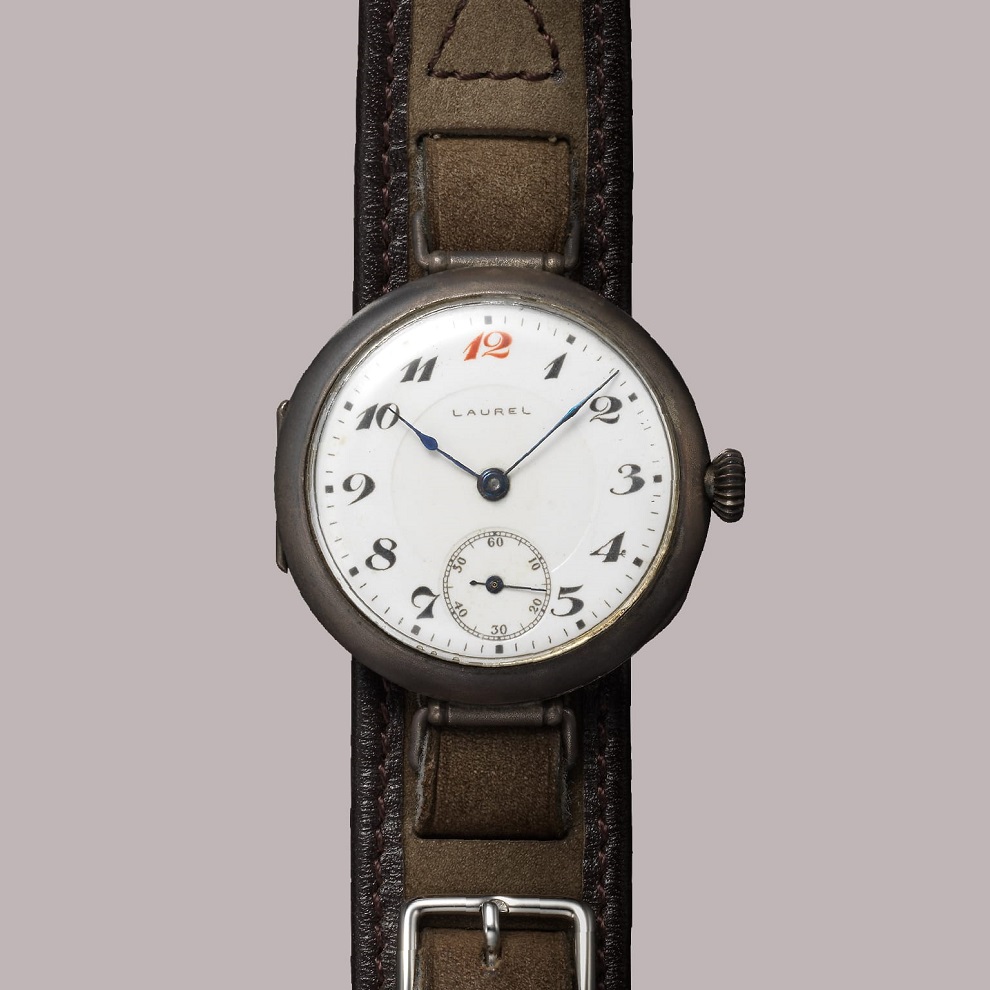
The Early Beginnings: From Pocket Watches to Wristwatches
The first portable timepieces were pocket watches, which emerged in the 16th century. These timepieces were cherished accessories for men, often ornately designed and carried in waistcoats. However, the need for more accessible timekeeping led to innovations that would eventually give rise to the wristwatch. The late 19th century saw the introduction of wristwatches primarily for military purposes.
During the Franco-Prussian War, soldiers found it more convenient to wear watches on their wrists rather than fumbling with pocket watches, paving the way for broader adoption. By the early 20th century, wristwatches became a common accessory, especially among women, who appreciated their practicality and elegance.
The Rise of the Wristwatch: World Wars and Beyond
The world wars played a crucial role in popularizing wristwatches. Military requirements necessitated reliable, easily readable timepieces for soldiers, leading to widespread innovations. Companies like Rolex and Omega emerged as leaders during this period, with models specifically designed for pilots, divers, and other specialized professionals.
Post-war prosperity further fueled wristwatch popularity, and they quickly became essential in everyday life. The 1950s and 60s marked the golden age of watchmaking, epitomized by brands like Tag Heuer and Seiko. Technological advancements, including the introduction of quartz movements in the 1960s, drastically improved accuracy and affordability. Quartz watches redefined the watch industry, making timekeeping accessible for all.
The Quartz Crisis: A Shift in Paradigms
The introduction of quartz technology ignited the so-called “Quartz Crisis” in the late 20th century, where traditional mechanical watchmakers struggled to compete with the affordability and precision offered by quartz watches. This period witnessed a significant decline for many Swiss watchmakers, prompting a reevaluation of their designs and marketing strategies.
In response, several brands focused on craftsmanship and heritage, emphasizing the artistry involved in mechanical watchmaking. They marketed their products not just as timekeeping devices but as pieces of art that encapsulate heritage and manual skills. This pivot influenced a resurgence in interest for mechanical watches, blending tradition with modern design sensibilities.
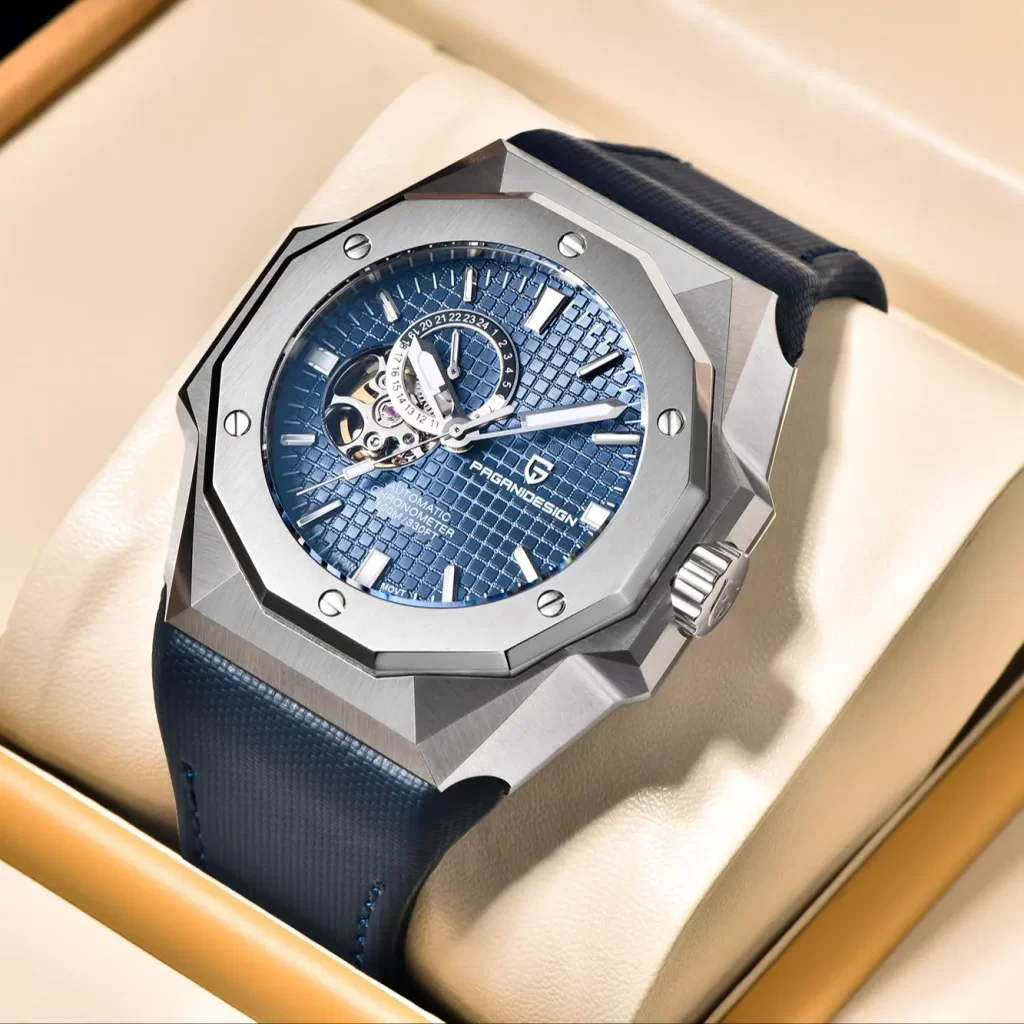 The Watch as a Fashion Statement
The Watch as a Fashion Statement
As the watch industry evolved, it became increasingly intertwined with fashion. The 1980s and 90s saw the emergence of fashion brands like Swatch, which capitalized on bold designs and vibrant colors to attract a younger demographic. Watches became accessible, not just as timekeeping devices, but as statements of personal style.
Celebrities and cultural icons began to endorse specific brands, transforming wristwatches into status symbols. From the classic designs of Patek Philippe to the flamboyant styles of Rolex, wearing a particular watch brand spoke volumes about an individual’s sense of style and social standing.
The Digital Revolution: Smartwatches Entering the Game
The dawn of the 21st century introduced a new player in the wristwear category: smartwatches. Offering functionalities that extend far beyond traditional timekeeping, smartwatches have integrated features such as fitness tracking, notifications, and even contactless payment systems. Brands like Apple, Samsung, and Fitbit have diversified the market, appealing to tech-savvy consumers who desire a blend of technology and fashion.
Despite some initial resistance from traditional watchmakers fearing obsolescence, many have begun to embrace the smartwatch phenomenon. Brands like TAG Heuer and Garmin have developed smartwatches that maintain a luxury aesthetic while integrating modern technology. This co-existence of traditional and digital timepieces represents another layer in the evolution of wristwatches.
Sustainability and the Future of Wristwatches
As consciousness around sustainability grows, the watch industry is increasingly focusing on eco-friendly practices. Brands are now exploring sustainable materials, ethical sourcing, and environmentally friendly production methods. Vintage watches are gaining popularity as consumers look to recycle and repurpose quality timepieces, merging nostalgia with sustainability.
Furthermore, the future of wristwatches may see a blend of advanced technology and high craftsmanship. Hybrid watches that seamlessly integrate analog and digital elements are becoming more common. This evolution suggests that wristwatches will continue to diversify, appealing to various consumer needs from practicality to fashion.
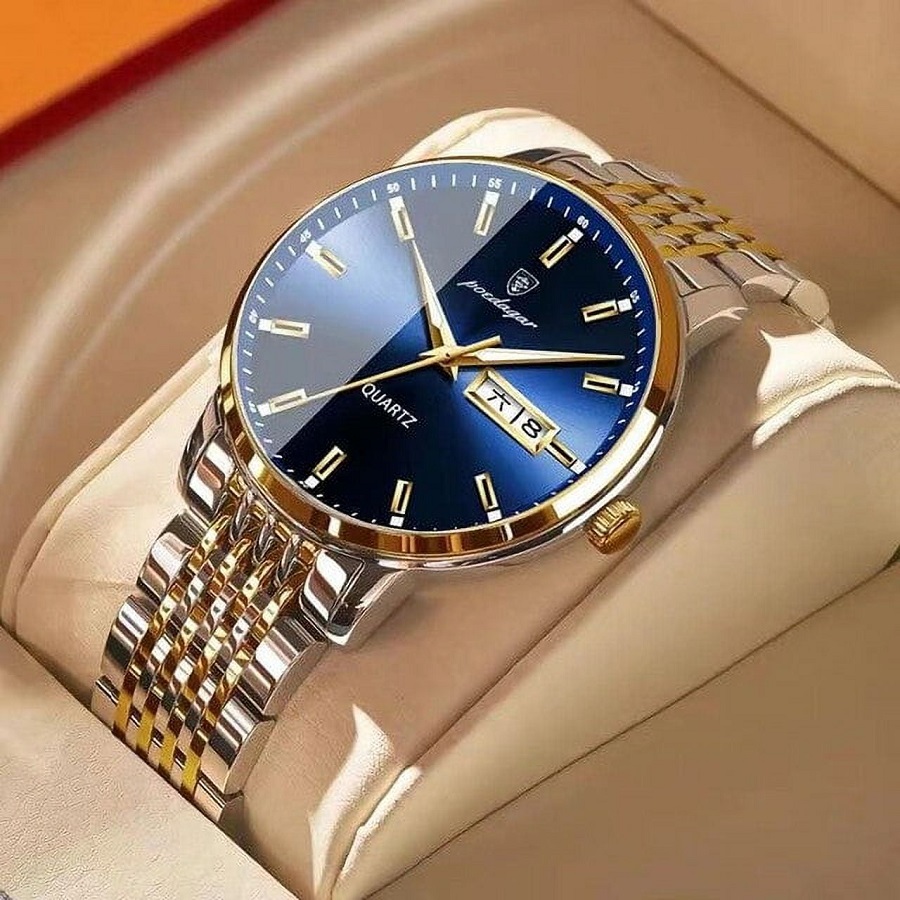 Understanding the Types of Watches
Understanding the Types of Watches
Watches fall into several categories, each serving specific purposes and audiences. Understanding these types can help you refine your choices:
A. Analog vs. Digital
- Analog Watches: These feature traditional hour and minute hands and often come with an array of complications such as date displays, moon phases, or chronographs. They are often associated with elegance and sophistication.
- Digital Watches: Functioning with LCD or LED displays, digital watches offer functionalities like alarms, stopwatches, and more technical features. They cater to a younger, more adventurous audience.
B. Mechanical vs. Quartz
- Mechanical Watches: Powered by intricate gears and springs, mechanical watches are a labor of love and craftsmanship. They require regular winding and can last a lifetime, often becoming heirlooms.
- Quartz Watches: These are battery-operated and offer unparalleled accuracy. With less maintenance, quartz watches are generally more affordable and cater to those seeking practicality.
C. Sports, Casual, and Dress Watches
- Sports Watches: Defined by durability, water resistance, and various features like tachymeters, sports watches are ideal for active lifestyles.
- Casual Watches: These are versatile, allowing you to transition from day to night effortlessly without being overly formal.
- Dress Watches: Sleek and minimalistic, dress watches are appropriate for formal occasions, balancing elegance with understated sophistication.
Material Matters
The materials used in a watch significantly influence both its appearance and durability. Here are some common materials:
A. Case Materials
- Stainless Steel: The most popular material for watch cases, stainless steel is robust and resistant to corrosion.
- Titanium: Lighter than stainless steel, titanium is also hypoallergenic and durable, making it a great choice for outdoor enthusiasts.
- Gold and Rose Gold: These luxurious options represent status and wealth. Gold watches are more commonly used for dressier occasions.
B. Band Materials
- Leather Straps: Timeless and sophisticated, leather adds a classic touch. However, it requires maintenance to avoid wear and tear.
- Metal Bracelets: Stainless steel and titanium bracelets are both durable and stylish, offering a modern look while being tough against the elements.
- NATO and Silicone Straps: Great for casual or sports watches, these materials are comfortable and practical, perfect for an active lifestyle.
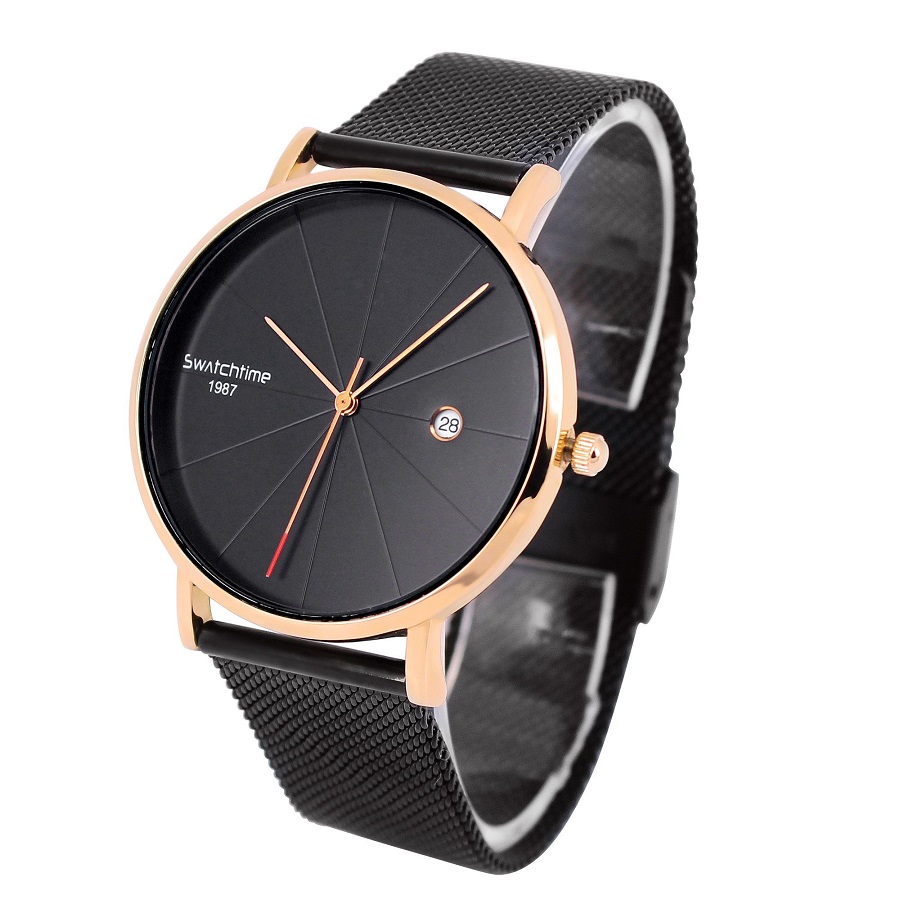 Dial and Features
Dial and Features
The watch dial is often the first point of attraction. When choosing a watch, consider:
A. Dial Size and Shape
Watches come in a range of sizes and shapes—round, square, or rectangular. Larger dials create a bolder statement, while smaller sizes may exhibit refinement. Your wrist size should help guide this decision; smaller wrists may benefit from a more modest size.
B. Readability
Choose a watch that is easy to read. Look for contrasts between the dial and the hands, avoiding overly intricate designs that can complicate quick time checks.
C. Features and Complications
- Chronographs: These watches include stopwatch features, perfect for timing events.
- Moon Phase Indicators: Ideal for the romantics, these add an artistic layer to the timepiece.
- GMT and World Time Functions: These are perfect for travelers, showcasing multiple time zones.
Style Considerations
Beyond functionality, a watch should align with your personal style. Consider the context in which you’ll wear the watch:
A. Professional Settings
If you need a watch for the office, stick to more conservative styles. A classic metal or leather dress watch in muted tones often fits well in a professional environment.
B. Casual and Social Events
For less formal settings, consider a more robust or colorful Wristwatch. Casual watches can come in a variety of styles and materials that reflect your personality.
C. Special Occasions
Dress watches should be sleek and elegant. A well-chosen timepiece can enhance an outfit for weddings, galas, or other formal gatherings.
Budgeting Wisely
Watches come in a wide range of prices, so it’s crucial to set a budget. Understand that a higher price often correlates with craftsmanship, brand recognition, and materials used. However, many affordable watches offer excellent quality and design. Research brands that provide exceptional value in your price range.
Brand Recognition and History
The story behind a brand can significantly influence your choice. Some brands carry weight due to historical significance, craftsmanship, or celebrity endorsements. Some renowned watchmakers include:
- Rolex: Synonymous with luxury and prestige.
- Seiko: Known for reliability and innovation, particularly in quartz movements.
- Casio: A pioneer in digital Wristwatch, offering affordability and functionality.
Maintenance and Care
Once you’ve chosen the perfect Wristwatch, maintain it properly to ensure longevity. Regularly check the battery (for quartz) or have it serviced (for mechanical) to keep it running smoothly. Store your watch in a cool, dry place, and clean it periodically to maintain its beauty.
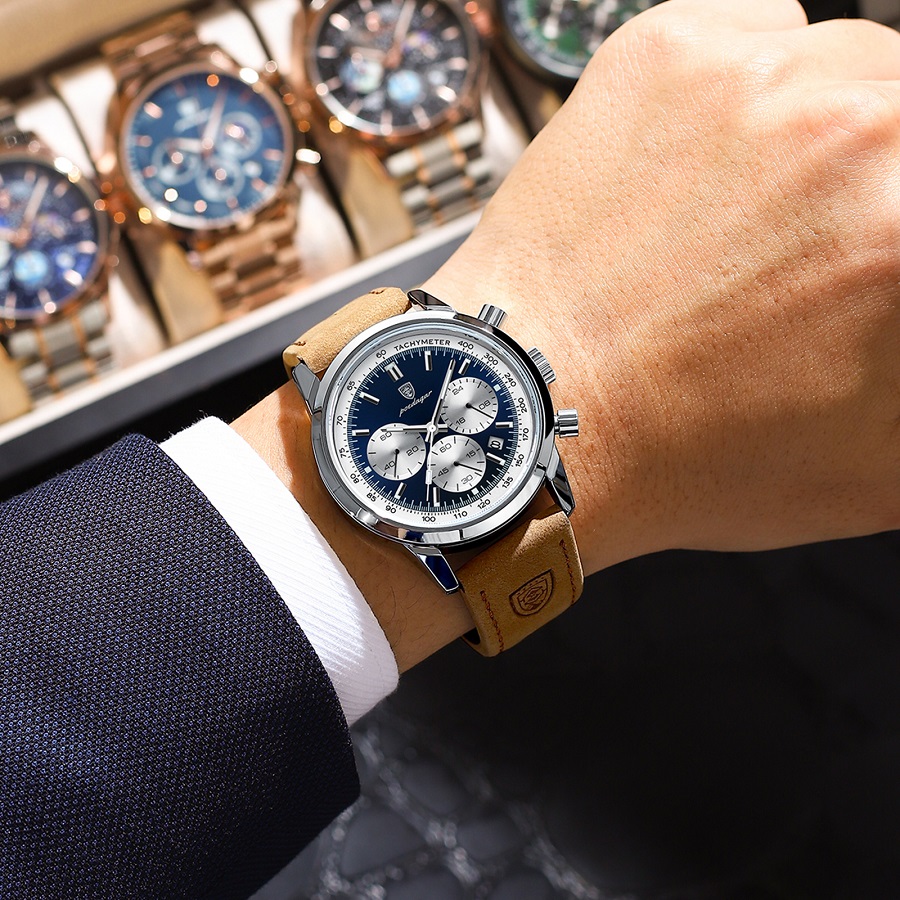 Conclusion
Conclusion
From their origins as pocket watches to their dual roles as precision instruments and fashion statements, Wristwatch have transcended their initial purpose. They now embody a rich tapestry of history, innovation, and artistry. As we move forward, the evolution of wristwatches will likely reflect broader societal changes, melding tradition with innovation while maintaining their allure as both functional tools and coveted fashion accessories. The wristwatch may have started as a simple device for keeping time, but it has become so much more: a canvas for personal expression, a testament to craftsmanship, and a symbol of style.